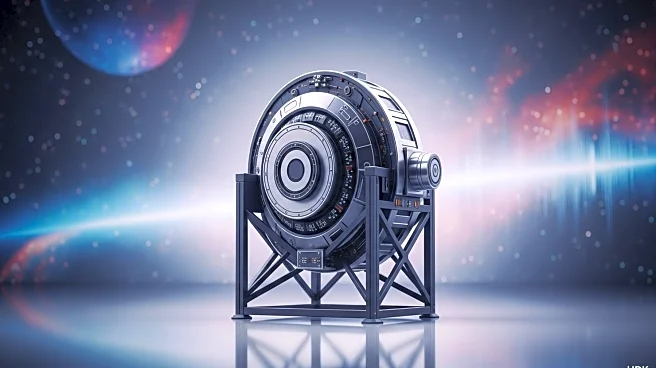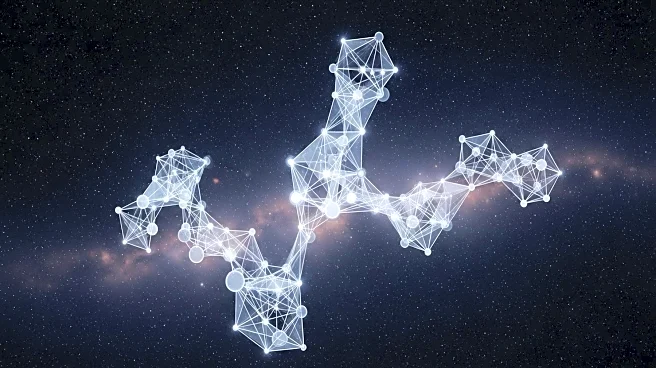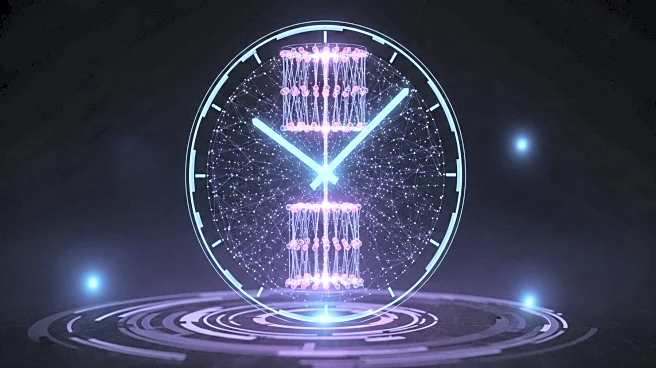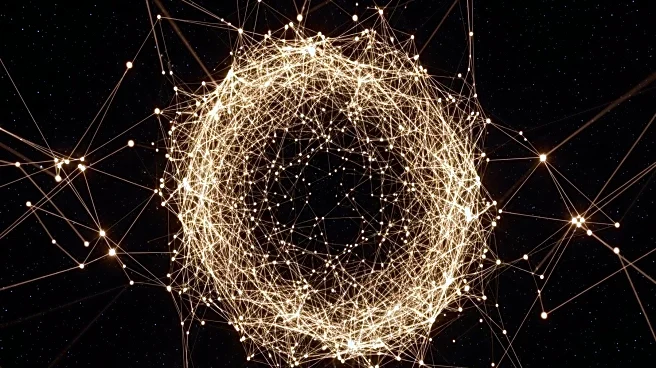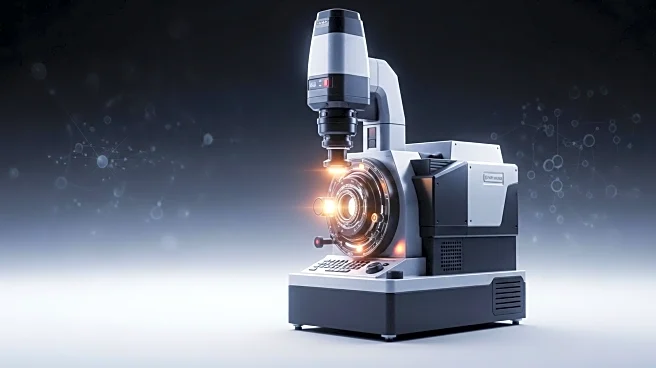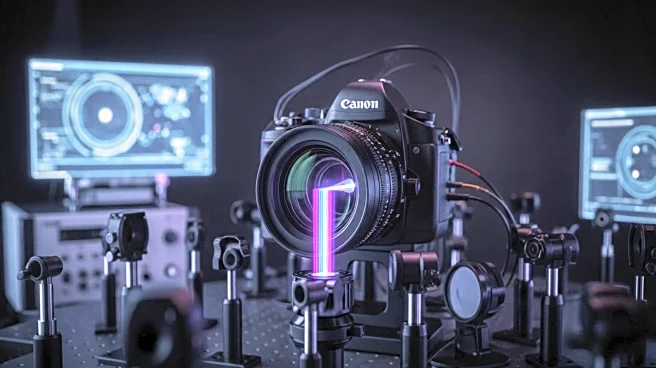What is the story about?
What's Happening?
Scientists at the Vienna University of Technology (TU Wien) have discovered a novel mechanism for the formation of time crystals, a phenomenon where a repeating pattern in time emerges spontaneously without any external driver. This discovery challenges previous assumptions that quantum correlations between particles hindered the formation of time crystals. Instead, these correlations can stabilize such structures, offering new insights into the physics of many-particle quantum systems. The research involved a two-dimensional lattice of particles held in place by laser beams, where the state of the lattice began to oscillate due to quantum interactions. This finding could pave the way for advancements in quantum technologies and high-precision quantum measurement techniques.
Why It's Important?
The discovery of a new mechanism for time crystal formation is significant as it expands the understanding of quantum many-body systems. Time crystals, which exhibit a temporal rhythm without external influence, could have implications for developing new quantum technologies. This research could lead to advancements in quantum computing and measurement techniques, potentially impacting industries reliant on high-precision measurements. The ability to stabilize time crystals through quantum correlations may also open new avenues for exploring quantum states and their applications in technology.
What's Next?
Future research may focus on exploring the practical applications of time crystals in quantum computing and other technologies. The findings could lead to the development of new quantum devices that leverage the unique properties of time crystals. Additionally, further studies may investigate other potential mechanisms for time crystal formation and their implications for quantum physics. The research community may also explore collaborations to apply these findings in real-world technological advancements.
AI Generated Content
Do you find this article useful?



